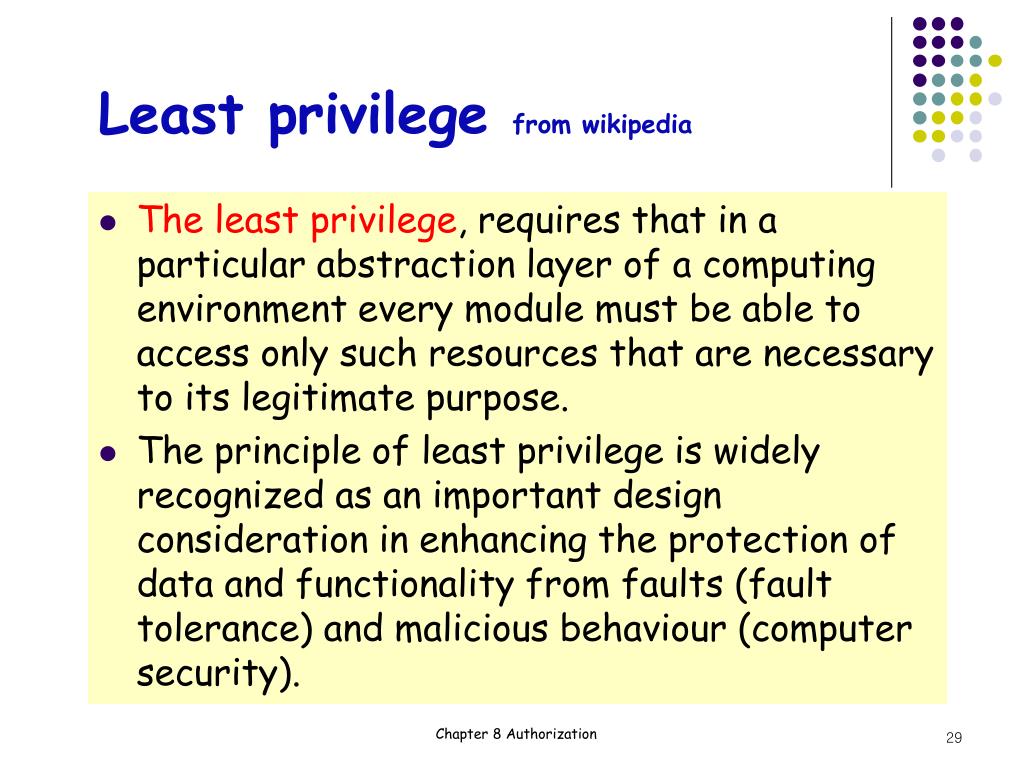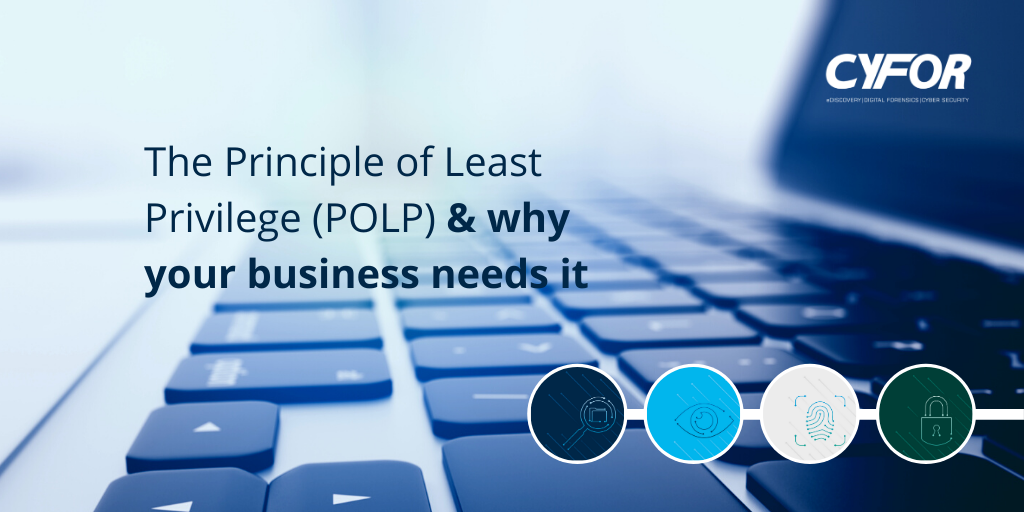

Here is a great list of cybersecurity policies to start with.
Having a set of security policies documented will also help other members make informed decisions.
CONCEPT OF LEAST PRIVILEGE PASSWORD
These policies range from password policies to resource-sharing policies. Having a set of security policies is vital to prevent cyber-attacks. In the event of a breach in an employee’s account, companies can avoid further escalations by using a well-defined audit trail. During social engineering attacks, employees at the lower level are more vulnerable. Having an audit trail helps prevent attacks as well as tracks attacks to their source. There are many benefits to using an audit trail when it comes to deploying personnel-based security measures. Audit trailĪn audit trail logs every action performed by every employee in an organization. Granting access with an expiry date is the best way to protect resources since it eliminates the need for removing access once the job function is complete. Just-in-time access management allows administrators to grant temporary access to resources. This can become a serious vulnerability if access to an outsider is not turned off for a long time. While dealing with a large number of personnel, employers often struggle with turning access on and off.
CONCEPT OF LEAST PRIVILEGE HOW TO
How to Implement the Principle of Least Privilege With governments insisting that cyber breaches be made public, the right access control is the only way businesses can protect themselves from monetary and reputational damages. The principle of least privilege is the vital ingredient to a company’s security. It doesn’t matter how skilled or trustworthy a member is.

Every person in an organization should only have enough permissions to do their particular job functions. In spite of this logical statement, PoLP is rarely implemented. In simple words, if someone does not need access to a resource, they shouldn’t have it. The principle of least privilege (PoLP) is the practice of limiting access to resources for members of an organization. What is the Principle of Least Privilege? So what is a scalable and cost-effective solution that businesses can start implementing? We can start with one: The Principle of Least Privilege. Mueller said, “There are only two types of companies: Those that have been hacked and those that will be hacked”. Given the cost of having in-house cyber security teams, most small businesses are at risk of a data breach. Recent data breaches (and eventual bankruptcy) of various businesses have shown us the importance of having strong cyber defense mechanisms. Individuals and businesses are vulnerable to cyber attacks now more than ever. It has helped us create global businesses, transform industries, and build powerful connections.īut it has also led to increased risks in security and privacy. Information technology has made a profound impact on our lives over the last three decades.


 0 kommentar(er)
0 kommentar(er)
